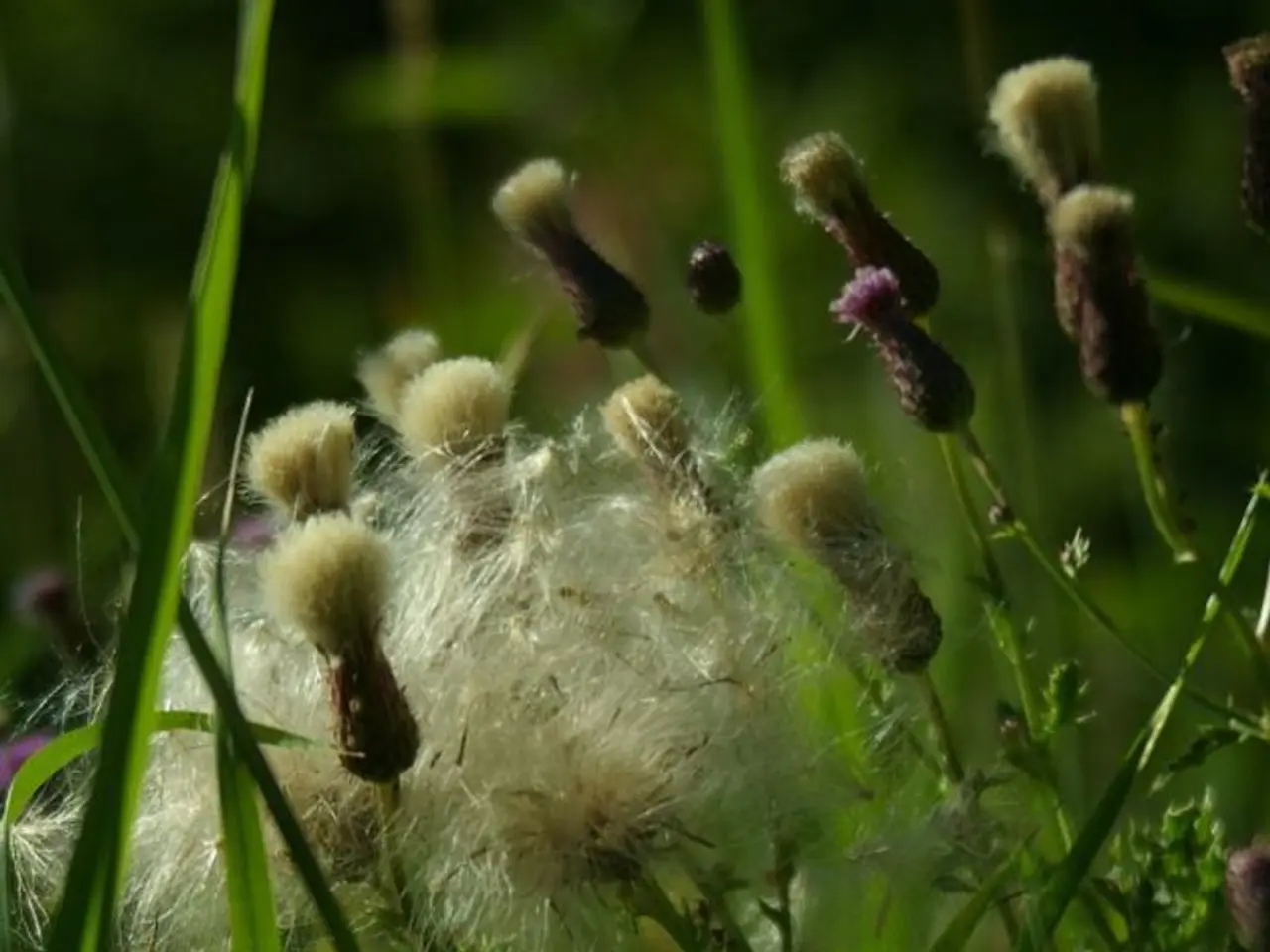Toxic grassy expanses pose health risks for the citizens
In the pursuit of a picture-perfect lawn, many homeowners turn to chemical pesticides, fungicides, and fertilizers. However, these substances can pose significant health risks to humans, pets, and the environment.
For humans, exposure to lawn pesticides has been linked to a variety of issues. These include asthma and other respiratory problems, attention disorders, and developmental delays in children, higher risks of various cancers such as childhood leukemia and prostate cancer, hormonal disruptions, and nervous system effects with prolonged exposure. Children, pregnant women, and individuals with existing health conditions are particularly vulnerable.
Pets, too, are not immune. They can absorb these chemicals through contact with treated grass or by licking their paws, potentially causing vomiting, seizures, skin irritation, eye problems, and increased cancer risks, such as bladder cancer in dogs.
Environmental contamination is another concern. Pesticides and fungicides can leach into groundwater, pollute surface water, harm aquatic life, volatilize into air, and disrupt soil ecosystems. Some contain persistent compounds like PFAS, known for their resistance to degradation and associated long-term health threats.
Long-term, low-level exposure may cause subtle symptoms like fatigue, headaches, escalating to chronic diseases, including respiratory problems, endocrine (hormone) disruption, and immune system compromise. Recent studies also link dozens of pesticide chemicals found in lawn products to increased prostate cancer risk.
As these risks underscore, it's crucial to use these substances with caution, take protective measures during application, and consider safer alternatives to minimize health and environmental impacts.
In addition to the health concerns, other issues associated with maintaining a traditional lawn include allergies caused by pollen released by certain grass types, stress from constant noise produced by lawn equipment, and high air pollution from gas-powered mowers.
On the other hand, a native garden, which supports the local ecosystem by providing a habitat for various species and promoting biodiversity, can be a healthier and more eco-friendly alternative. This garden, with its diverse range of plants and bugs, can help reduce the need for chemical treatments and create a healthier environment for all.
- To foster a health-and-wellness lifestyle and promote environmental science, an organic landscaping approach could entail planting a native garden instead of focusing on a decorative, chemically treated lawn.
- Such a garden, incorporating soil, flowers, and plants, would prioritize ecosystem health over a picture-perfect appearance, reducing the necessity for pesticides, fungicides, and fertilizers.
- By nurturing a garden with organic methods, the risk of exposure to harmful chemicals linked to respiratory problems, cancer, and developmental delays for both humans and pets would be significantly lowered.
- Applying environmental-science principles in a lifestyle context, people could enhance their own wellness and protect the environment by considering a organic gardening strategy instead of relying on traditional, chemical-based lawn solutions.
- In this way, homeowners might create a sustainable and healthier living space, where peace, harmony, and a thriving ecosystem prevail amidst the decor and plants in the garden.




